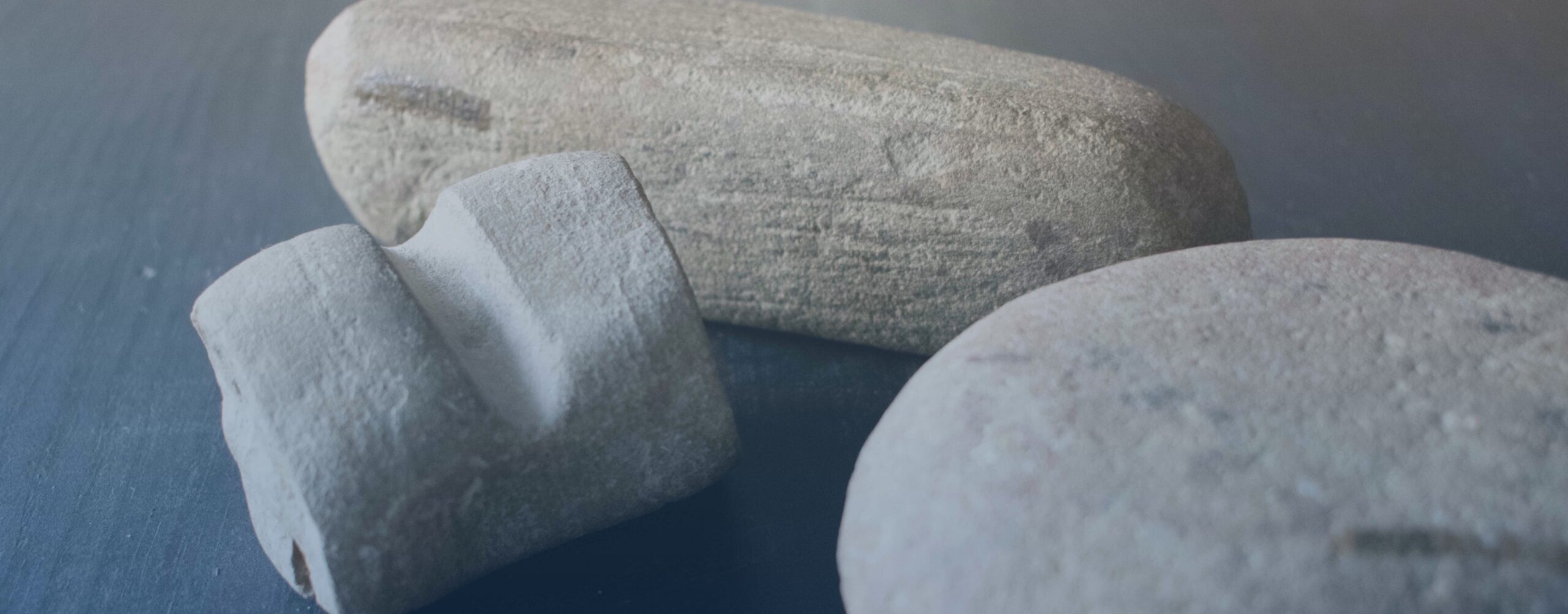Recognizing American Indian Heritage Month
By Bill Jeffway
A version of this article appeared in the November 15, 2023 Northern/Southern Dutchess News / Beacon Free Press.
While not in a position to explain the full history of local Indigenous Peoples (see recommendations at the end of this article for that), as a way to recognize American Indian Heritage Month, we will introduce you to some of the Indigenous Peoples who lived here locally in the nineteenth century.
We are cautioned in the 2010 book, “Firsting & Lasting, Writing Indians Out of Existence in New England” by Jean M. O’Brien, that the myth of the disappearance of the American Indian and the claim of Europeans to be the “first” to do things, like discover the Hudson, are based on an erasure of fact-based historical record. This began with James Fenimore Cooper’s 1826 book, The Last of the Mohicans, and remains a popular storyline, although not accurate.
This provides short profiles of Indigenous People’s encountered in the documentation of our local history.
Daniel Nimham
Daniel Nimham (ca. 1724–1778) remains the most prominent American Indian associated with New York’s Hudson Valley and the American Revolutionary War. In addition to military service, he argued in courts for the return of land fraudulently taken by the Philipse family, part of Westchester County today. He traveled to England to argue his case to British authorities but was not successful. He died in service to the United States August 31, 1778 and is memorialized in the Town of Fishkill (see image).
“Thick set Indian boy”
We don’t know his name, but in DCHS Collections there is a copy of the New-York Journal of November 22, 1779, “Run away, on Saturday the 13th in Dover.. a thick set Indian boy with long black hair, about 13 years of age.” James Morehouse of Dover offered fifty dollars reward. The boy could have been enlsaved or indentured.
Hannah Coshire
In Frank Hasbrouck’s 1909 history of Dutchess County, he describes Hannah Coshire as the daughter of Jonah and Lydia Coshire and sister of Steve Choshire, owning a small piece of rocky land in the town of LaGrange. Hannah Coshire ied October 18, 1877 and is buried with her family in Moore’s Mills. In the 1860s and 1870s she was living with the Skidmore family as a servant in LaGrange. She was portrayed as the “last of her race” in her obituary.
Henry Catskill
Again in Hasbrouck’s history, Henry Catskill is described as being of the Wappinger who married and settled with local Blacks in the Fishkill hamlet of Baxtertown. Hasbrouck describes him by saying he was entirely Native in appearance, “a well-built, handsome man, with straight hair.”
Susan May
In Isaac Huntting’s 1897 history of Pine Plains he describes the May family as “pure Mohican Shekomeko.” From DCHS Collections we have the marriage record of Susan May to Andrew Frazier, Jr., son of a mixed-race African and European heritage.
Prince Manessah or Minisee
Again we rely on Huntting who explains that Manessah sometimes Minisee is an “Indian name.” “Prince Quack Minisee” is enshrined in a 1935 New York State historical marker saying he was an Indian medicine man. Research shows he may have been Black, in part or in whole, the name Quacko a relatively common name from Africa meaning “born on Wednesday.” He went on to Michigan with his sons in the late 19th century, and there the family became a widely-known and highly regarded frontier farming Black family, the Minisee family with descendants we’ve contacted and spoken to recently.
“Louisa”
Given her age and Florida birth, It seems very likely that Louisa was brought back from her native Florida by Nathan Darling of Rhinebeck. She shows up as sixteen years old and living in the Darling household as a servant. Darling was a Captain in the 2nd Dragoons during the Seminole Indian wars in the 1820s and 1830s.. He appears to have returned from Florida with a teenage Louisa who went on to marry a Black man, son of former slaves, and lived on Rhinebeck’s Oak Street.
John Wannuaucon Quinney From DCHS Collections we have the hotel book register of the Poughkeepsie hotel and find that the John Quinney (1797-1855) who registered as a visitor there was none other than the most notable of Mohican leaders of the 19th century. He is registered as from Wisconsin which is where his people were “relocated to” from the area of the Hudson Valley. His visit may relate to the fact that then US Senator Nathaniel P. Tallmadge was from Poughkeepsie, as Tallmadge’s

